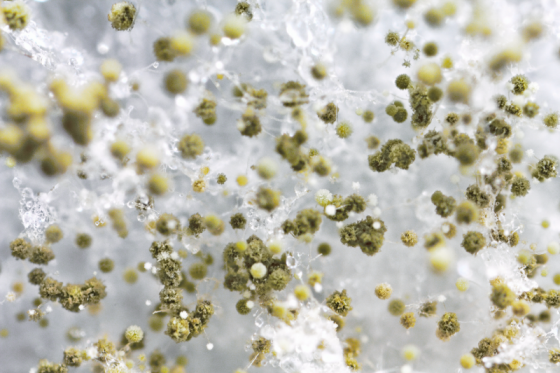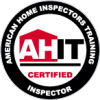WHAT IS MOLD AND WHERE DOES IT GROW?
Molds (fungi) are organisms that reproduce by means of tiny spores and break down dead organic matter. Spores are released into the air and must land on wet surfaces in order to grow. As a result, mold thrives in areas with high humidity, moisture, and water damage. Areas prone to mold growth include sinks, showers, basements, water pipes, roofs, carpets and upholstery, wallpaper, and HVAC systems. Mold inspection can be done by Keystone Home Inspection to give you a thorough inspection report and cover every inch of mold-prone areas.
HOW CAN MOLD AFFECT MY HEALTH?
Exposure to mold occurs by inhaling or ingesting spores or by directly handling the moldy material. Mold sensitivity can result in nasal congestion, eye irritation, skin rashes, coughing, sneezing, and wheezing. Prolonged exposure can exacerbate breathing problems in individuals with asthma, hay fever, or other allergies. People suffering from serious conditions such as chronic obstructive pulmonary disease (COPD) may even develop fungal infections in their lungs. Healthy individuals–especially children–exposed to mold for an extended period of time are at risk for developing asthma and other respiratory illnesses.
Certain types of mold produce a poisonous by-product called mycotoxins. These toxins can be absorbed by the skin, airways, and intestinal lining and can lead to severe and even deadly symptoms, including:
- Scarring and bleeding in the lungs
- Immune and blood disorders
- Liver, kidney, heart, and digestive tract conditions
- Mold neurotoxicity (toxic nervous system), characterized by limb weakness or numbness, cognitive and behavioral problems, and sexual dysfunction
- Cancer
HOW DO I GET RID OF MOLD?
Check your basement, under carpeting and flooring, behind wallpaper and drywall, and below sinks to identify the source of moisture. Repair any water damage in your home as soon as possible. While running an air conditioner or a dehumidifier is helpful in reducing heat and humidity levels, make sure that you remove any excess condensation and empty dehumidifier water regularly.
Clean small affected areas with mold-killing products. The Center for Disease Control and Prevention (CDC) recommends a mixture of 1 cup of bleach to 1 gallon of water to effectively clean mold from hard surfaces. However, if moldy items cannot be cleaned or salvaged, dispose of them immediately to prevent further mold growth. Always wear protective gloves, face masks, and goggles when handling moldy materials.
WHO SHOULD DO THE CLEANUP?
If mold contamination is extensive or toxic, contact us.* Keystone’s mold inspectors are experienced in identifying many different types of household mold and assessing mold damage. We will then refer you to a fully trained and certified mold abatement and remediation contractor.
*If you have any health concerns, consult a medical professional before initiating cleanup efforts.
Contact Us
* - Required Field
Keystone Home Inspection is proud to be a home inspector in the Greater Cleveland, Ohio area including Cuyahoga County, Geauga County, Lake County, Lorain County, Medina County, Portage County, and Summit County.
All Rights Reserved 2025, Keystone Home Inspection - Admin Login | Privacy Policy | Digital Marketing & Social Media Marketing by Alt Media Studios







